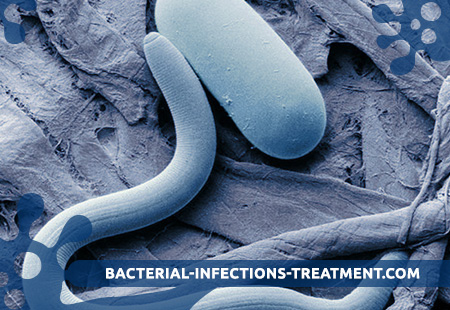What is Pulmonary Capillariosis?
Pulmonary capillary disease is a zoonotic helminthiasis from the group of nematodes with fecal-oral transmission of the pathogen. It is characterized by respiratory tract damage.
Causes of Pulmonary Capillariosis
The causative agent of pulmonary capillary disease is the nematode (hairy helminth) of Capillaria aerophila.
Pathogenesis during Pulmonary Capillary Disease
A person becomes infected by eating contaminated pathogen foods, especially vegetables.
The natural susceptibility of humans has not been established. Human diseases have been identified in the Central Asian republics of the former USSR, Morocco and Iran, animal diseases are known in other countries. Diseases are sporadic. There were no features in the distribution among various age, gender, occupational or other population groups.
Symptoms of Pulmonary Capillariosis
The incubation period lasts about 4 weeks.
The main clinical signs: the phenomenon of tracheitis, bronchitis, tracheobronchitis, fever, cough, asthmatic syndrome. Caused by parasites, pneumonia can be severe and fatal.
What is Hepatic Capillary Disease?
Hepatic capillary disease is a zoonotic geohelminthiasis from the group of nematodes with a fecal-oral mechanism of transmission of the pathogen. It is characterized by predominant liver damage, ascites and cachexia.
Causes of Hepatic Capillary Disease
The causative agent of hepatic capillary disease is the nematode (hairy helminth) Capillaria (Hepaticola) hepatica.
Pathogenesis during Hepatic Capillariosis
A person becomes infected through contaminated food, as well as through contaminated hands.
The natural susceptibility of people is apparently high.
The incidence is sporadic. Cases of invasion are identified in America, Europe, Asia, Africa. Features in the distribution of diseases among various age, gender, occupational or other population groups have not been established.
Symptoms of Hepatic Capillariosis
The incubation period lasts 4 weeks.
The disease is manifested by acute or subacute hepatitis, enlarged liver, impaired function.
Prevention of Hepatic Capillary Disease
Immunoprophylaxis measures are not developed.

